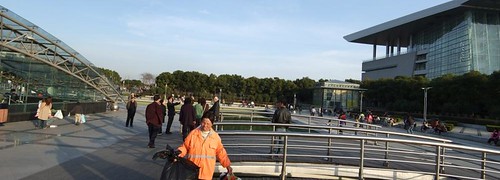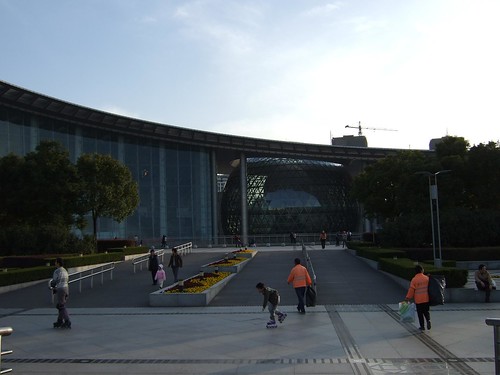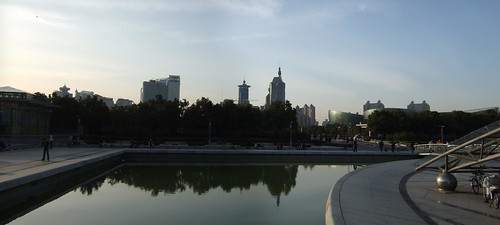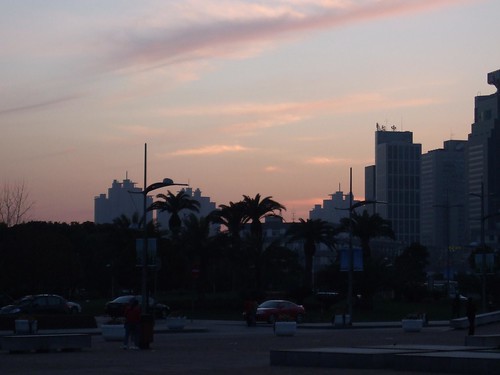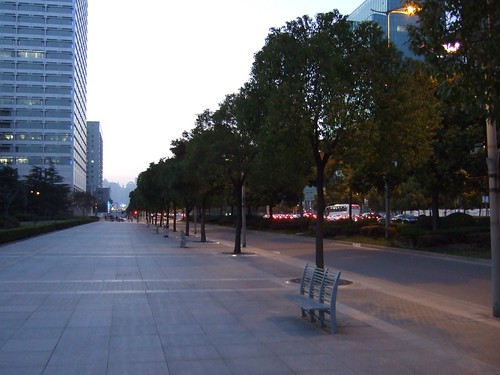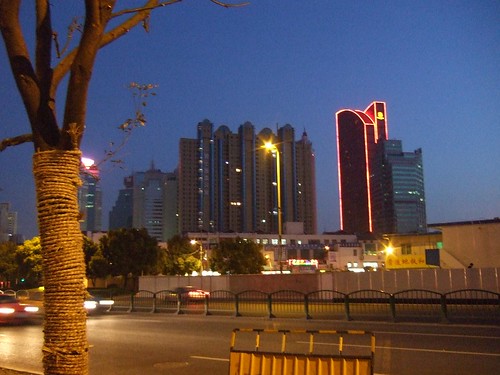Science | Dominik Mayer – Products, Asia, Productivity
The Lab-Leak Hypothesis
Nicholson Baker writing for the New York Magazine:
What happened was fairly simple, I’ve come to believe. It was an accident. A virus spent some time in a laboratory, and eventually it got out. SARS-CoV-2, the virus that causes COVID-19, began its existence inside a bat, then it learned how to infect people in a claustrophobic mine shaft, and then it was made more infectious in one or more laboratories, perhaps as part of a scientist’s well-intentioned but risky effort to create a broad-spectrum vaccine. SARS-2 was not designed as a biological weapon. But it was, I think, designed.
He explains how scientists could make a virus infecting mice mutate to now infect hamsters:
They did it using serial passaging: repeatedly dosing a mixed solution of mouse cells and hamster cells with mouse-hepatitis virus, while each time decreasing the number of mouse cells and upping the concentration of hamster cells. At first, predictably, the mouse-hepatitis virus couldn’t do much with the hamster cells, which were left almost free of infection, floating in their world of fetal-calf serum. But by the end of the experiment, after dozens of passages through cell cultures, the virus had mutated: It had mastered the trick of parasitizing an unfamiliar rodent. A scourge of mice was transformed into a scourge of hamsters.
Read the article, make up your own mind.
Stanford Researchers Discover the 'Anternet'
A collaboration between a Stanford ant biologist and a computer scientist has revealed that the behavior of harvester ants as they forage for food mirrors the protocols that control traffic on the Internet.
Electron Eating Bacteria
Sebastian Anthony:
Some intrepid biologists at the University of Southern California (USC) have discovered bacteria that survives on nothing but electricity — rather than food, they eat and excrete pure electrons.
Fascinating.
For Science
I did it again, another experiment. No LEGO this time, today was all about cruising. Driving a BMW 6 Series in a simulator seemed to be fun. It seemed. Instead, I got a chance to gain first-hand experience of how you feel when the motions you see don’t correspond to the ones you sense…. not good. The whole simulation didn’t even feel like driving a real car. The automatic transmission was odd and the steering had a delay.
I actually managed to run over a pedestrian and the fact that I hadn’t noticed it at all didn’t help me answering the question of how I thought the accident could have happened. I chose “I didn’t see the pedestrian.” But I saw the next one I hit… continuing his way.
